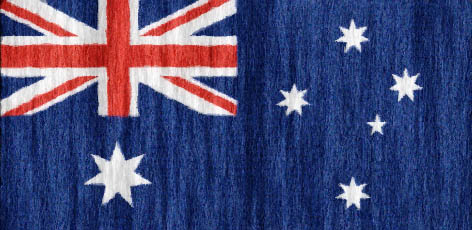AFP/Sydney
Saltwater crocodiles can rest with one eye open to watch for threats, Australian scientists said yesterday, with further research likely to show half of the mammal’s brain could be conscious even while asleep.
The scientists found that crocodiles — like birds, their closest living relatives — engaged in “unilateral eye closure” during hostile situations.
“Birds like to sleep like humans, with both eyes closed, but when they feel threatened they’ll have one eye open and they’ll orientate that eye towards the threat,” lead author Michael Kelly of La Trobe University said.
“And the crocodiles were behaving in this way as well. So most of the time when they were resting, they’ll have both eyes closed, but then when we present them with a threat, they would open one eye and they’ll keep that eye orientated towards the threat.”
The study, which was published in the Journal of Experimental Biology, was conducted using three young saltwater crocodiles placed in separate tanks and observed individually over 12 months last year.
Kelly said further research was needed to monitor crocodiles’ brain waves to see if the creatures also sleep with half of their brain shut down -- called “uni-hemispheric sleep”.
The study that could eventually reveal that the human behaviour of sleeping with the brain totally unconscious is rare in the animal kingdom. Birds and some marine mammals can control whether they have both halves of their brains or just one half shut down when they are sleeping, with the open eye connected to the grey matter that is awake. “I think this could possibly change the way humans think about sleep... which is a complete shutdown of the brain, where we’re unaware of our surroundings,” Kelly said.
“So if we did find that the crocodiles and other reptiles that we know engage in unilateral eye closure are actually sleeping uni-hemispherically also, what that might suggest is that the way humans sleep is an evolutionary novelty rather than the other way around.”
Saltwater crocodiles, which can grow up to seven metres long and weigh more than a tonne, are mostly found in northern Australia. They are also native to India, Southeast Asia, the Philippines, Papua New Guinea among others.

